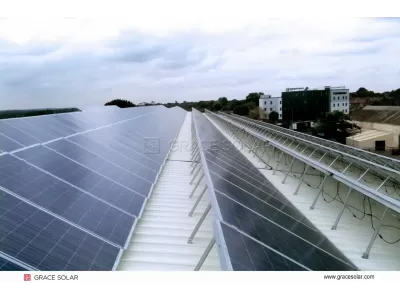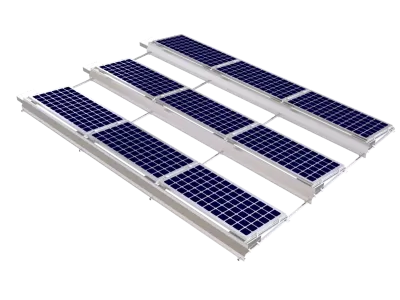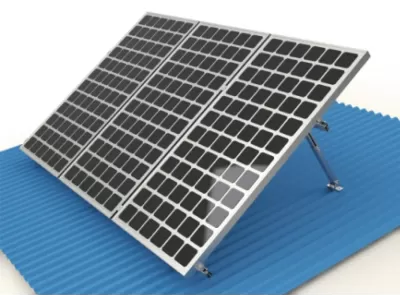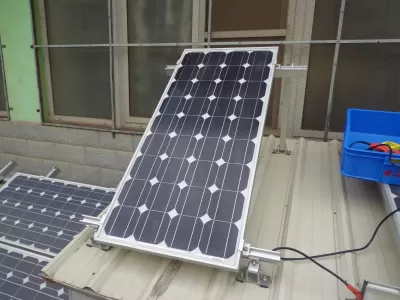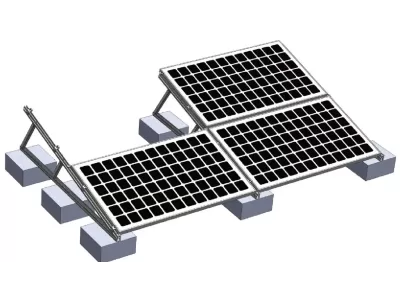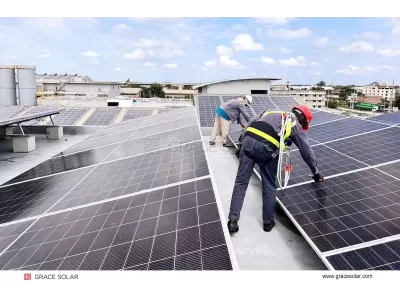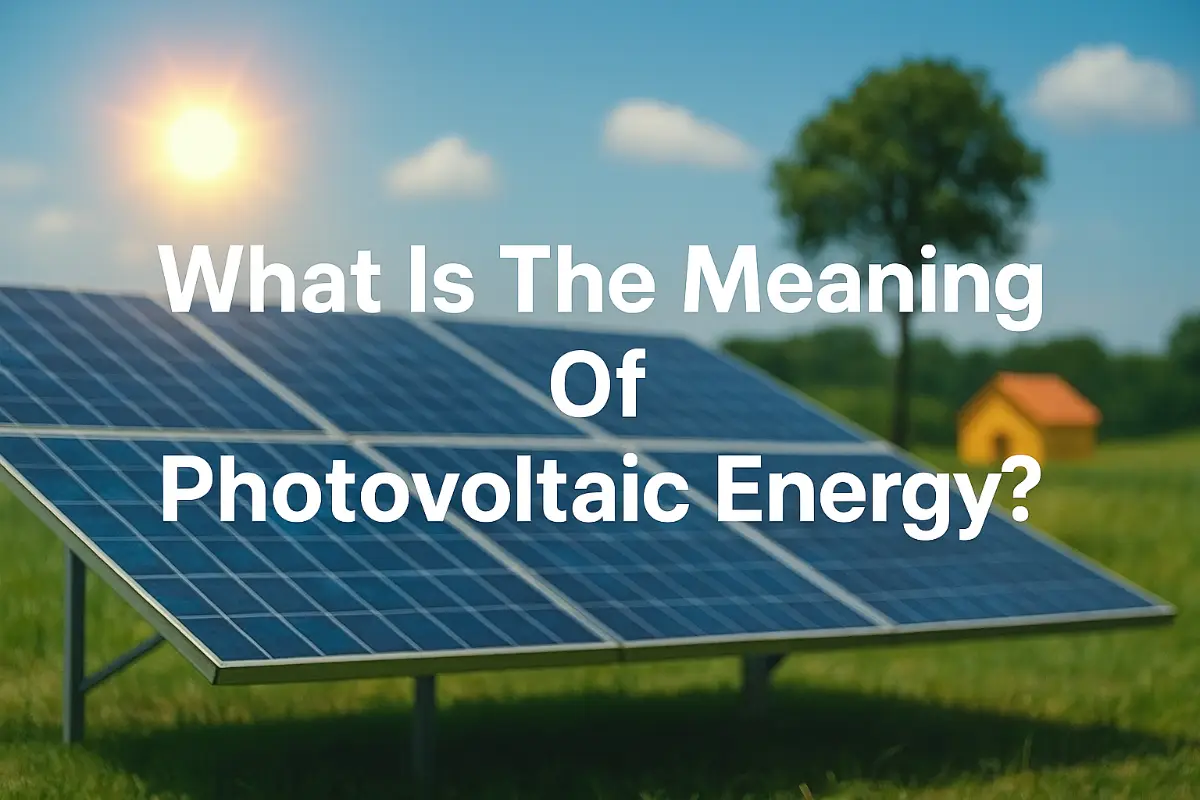
Table of Contents
What is Photovoltaic Energy? The Core Definition
Photovoltaic energy, commonly referred to as solar PV, is the direct conversion of sunlight into electricity using semiconducting materials that exhibit the photovoltaic effect. The term "photovoltaic" combines the Greek word "phōs" meaning light, and "volt", relating to electricity - literally translating to "light-electricity".
This technology represents one of the cleanest and most sustainable methods of electricity generation available today. Unlike fossil fuels, photovoltaic systems generate power without air pollution, greenhouse gas emissions during operation, or moving parts that require constant maintenance.
Historical Context and Discovery
The photovoltaic effect was first discovered in 1839 by French physicist Edmond Becquerel. However, it wasn't until 1954 that Bell Laboratories in the United States created the first practical silicon solar cell capable of converting enough solar energy to run everyday electrical equipment. This breakthrough marked the beginning of modern photovoltaic technology that we rely on today.
How Photovoltaic Technology Works: The PV Effect
The fundamental process behind photovoltaic energy generation is the photovoltaic effect. Here's a simplified breakdown of this scientific phenomenon:
The Step-by-Step Process
1. Photon Absorption: When sunlight hits the solar cell, photons from the light are absorbed by semiconducting material, typically silicon.
2. Electron Excitation: The energy from photons knocks electrons loose from their atomic bonds, creating free electrons and holes (positive charge carriers).
3. Electric Field Creation: The internal structure of the PV cell, featuring a P-N junction, creates an electric field that forces these freed electrons to move in a specific direction.
4. Current Generation: This directional movement of electrons creates a direct current (DC) that can be captured and utilized.
5. Power Conversion: An inverter converts the DC electricity into alternating current (AC) suitable for powering homes, businesses, and feeding into the electrical grid.
Key Components of a Photovoltaic System
A complete photovoltaic system consists of several essential components working together to efficiently generate and deliver solar electricity:
Solar Modules (Panels)
Solar panels contain multiple photovoltaic cells connected together. These are the most visible components that capture sunlight. Modern panels typically use either monocrystalline or polycrystalline silicon cells, with efficiencies ranging from 15% to over 22% for commercial products.
Mounting and Racking Systems
Proper mounting systems are crucial for optimal performance and longevity. These structures secure solar panels in position, whether on rooftops, ground mounts, or specialized applications. Companies like Grace Solar have pioneered innovative mounting solutions that ensure maximum stability and energy production across diverse environments.
Inverters
Inverters convert the DC electricity generated by solar panels into AC electricity compatible with the grid and most electrical appliances. Modern systems may use string inverters, microinverters, or power optimizers depending on the specific requirements.
Balance of System Components
This includes wiring, connectors, combiner boxes, monitoring systems, and safety equipment that complete the photovoltaic installation. For larger systems, energy storage batteries may also be included to provide power when sunlight isn't available.
Types of Photovoltaic Systems
Photovoltaic installations can be categorized into several main types based on their configuration and connection to the electrical grid:
Grid-Connected Systems
These systems are connected to the local utility grid, allowing excess electricity to be fed back to the grid. This is the most common configuration for residential and commercial installations, often benefiting from net metering programs.
Off-Grid Systems
Completely independent from the utility grid, these systems rely on battery storage to provide power during nighttime or cloudy periods. They're essential for remote locations without grid access.
Hybrid Systems
Combining solar PV with other energy sources (like wind or generators) and battery storage, hybrid systems offer enhanced reliability and flexibility for both grid-connected and off-grid applications.
Global Benefits of Photovoltaic Energy
The widespread adoption of photovoltaic energy offers significant advantages that extend beyond individual energy savings:
Environmental Impact
PV systems generate electricity without emitting greenhouse gases or air pollutants during operation. The carbon footprint of manufacturing is typically recovered within 1-3 years of operation, making solar a crucial technology in combating climate change.
Economic Advantages
Solar PV has experienced dramatic cost reductions, with utility-scale solar now being the cheapest source of new electricity generation in many regions. According to the International Energy Agency, solar PV is set to become the largest renewable energy source by 2029.
Energy Security and Accessibility
Photovoltaic technology enables distributed energy generation, reducing dependence on centralized power plants and imported fuels. It also provides electricity access to remote communities without requiring extensive grid infrastructure.
Grace Solar: Your Partner in Advanced Photovoltaic Solutions
As a global leader in solar mounting systems, Grace Solar brings extensive expertise to the photovoltaic industry. With over 10 years of experience and ranking among the top 5 in global market share, we understand the critical role that reliable mounting solutions play in maximizing the performance and longevity of photovoltaic installations.
Our Innovative Product Portfolio
Grace Solar has developed cutting-edge photovoltaic solutions that integrate the latest technologies:
GS-Light Intelligent Tracking System: Advanced tracking technology that follows the sun's path throughout the day, increasing energy production by up to 25% compared to fixed systems.
GS-Smart Ground Mounting System: Engineered for utility-scale projects, offering superior stability and rapid installation for large-scale photovoltaic farms.
GS-Energy Roof Mounting System: Specifically designed for residential and commercial rooftops, ensuring secure installation while protecting roof integrity.
Proven Global Experience
With a cumulative installed capacity of 48GW worldwide and successful projects in over 100 countries, Grace Solar has demonstrated the reliability and performance of our photovoltaic mounting solutions across diverse climates and applications. Our products have obtained international certifications including UL, TUV, CE, JIS, and MCS, ensuring compliance with the highest quality and safety standards.
Commitment to Quality and Innovation
Adhering to our core value of "Do it right the first time," Grace Solar maintains a fully equipped laboratory and invests continuously in research and development. Our team of experienced engineers focuses on creating photovoltaic solutions that are not only reliable but also contribute to reducing the overall cost of solar energy, making it more accessible worldwide.
Through our vision to "Bring Grace Solar to all homes" and our mission to "Mount every solar plant firm as rock, bring more profits from the sun," we remain dedicated to advancing photovoltaic technology and supporting the global transition to clean, renewable energy.
Conclusion: The Future is Photovoltaic
Photovoltaic energy represents one of the most promising solutions to global energy challenges. As technology continues to advance and costs decline, solar PV is poised to play an increasingly vital role in the world's energy mix. From reducing carbon emissions to enhancing energy security and creating economic opportunities, the benefits of photovoltaic technology are clear and compelling.
For organizations and individuals looking to harness the power of the sun, partnering with experienced companies like Grace Solar ensures that photovoltaic installations are not only efficient and reliable but also optimized for long-term performance and return on investment. The solar revolution is here, and photovoltaic energy stands at its forefront, lighting the way toward a sustainable energy future.



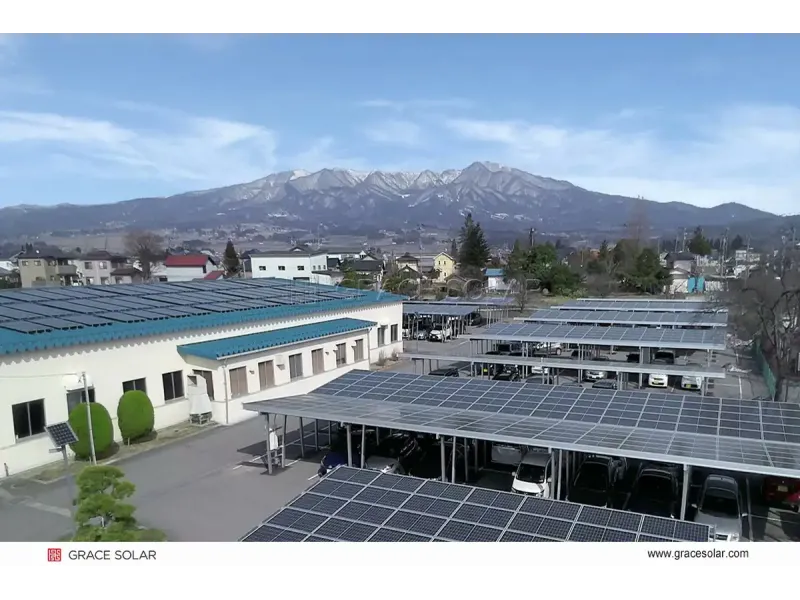

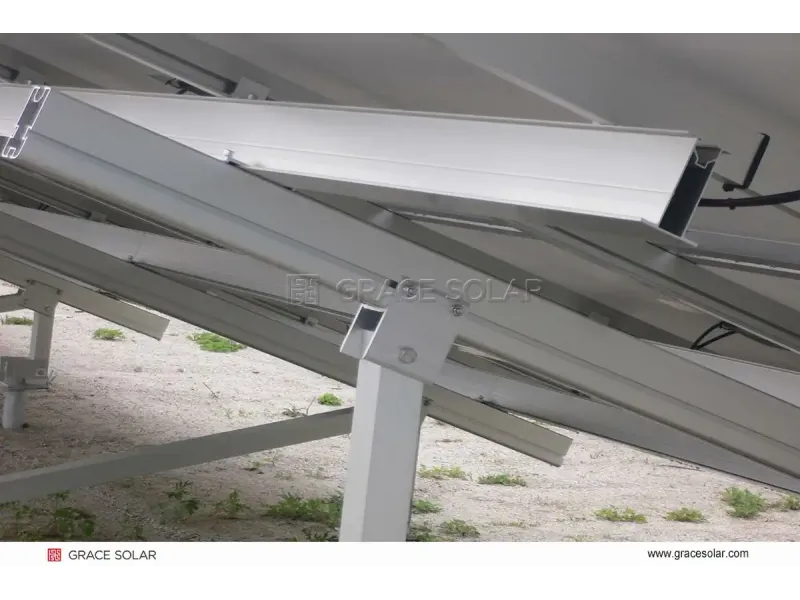
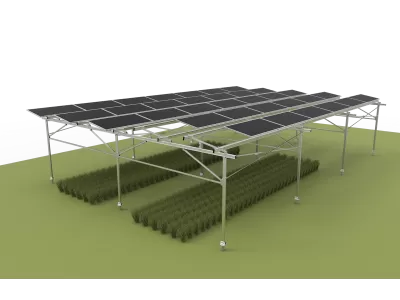
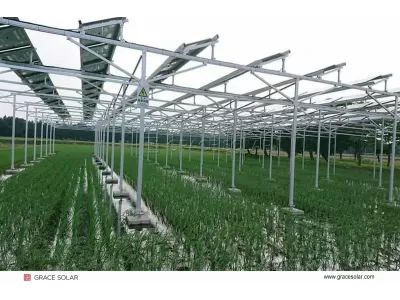
/Adjustable%20solar%20ground%20mount%20system%20on%20snowy%20mountain%20with%2055%20Angle%20tilt_-400x300w.webp)
/Engineer%20assembling%20Grace%20Solar's%20portrait%20ground%20mount%20in%20typhoon%20area_-400x300w.webp)

